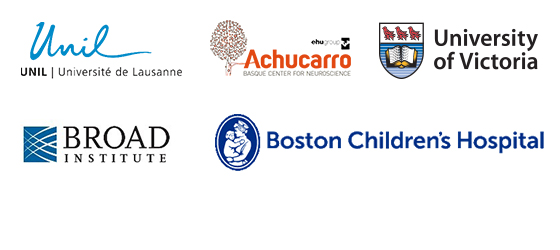Tremblay co-leads perspective published in Neuron advocating for roadmap to accelerate microglia studies
Microglial research has rapidly evolved in the last decade, revealing novel and previously unsuspected functions for these cells in brain physiology and pathology.
Although microglia are closely related to the macrophages of the peripheral immune system and defend the brain from pathogens, they also have brain specific tasks critical for brain wiring, plasticity, and cognitive functions like learning and memory. Microglia can also create problems by driving (neuro)inflammation, synapse loss, and pathology in many brain diseases, including Alzheimer's disease, ALS, and multiple sclerosis.
As a result, microglia are increasingly at the center of basic science and clinical research in academia and industry. Experts, however, not always agree on what exactly defines microglia and what is the nomenclature that should be used for naming the multitude of states in which microglia are found.

The chameleon-like nature of these cells often leads to crossing paths in different research fields, from neuroscience to immunology. The evolving nature of the field would benefit from a consistent nomenclature. Currently, the nomenclature “convey(s) a dualistic idea of good versus bad microglia and may actually impede scientific advancement.” In addition to a standardized nomenclature, understanding what these cells exactly do in given contexts remains the most important question.
To confront these issues, which “constrain and stifle future progress and innovation,” Rosa Chiara Paolicelli (University of Lausanne), Amanda Sierra (Achucarro Basque Center for Neuroscience), Beth Stevens (Boston Children’s Hospital), and Marie-Ève Tremblay (pictured; University of Victoria) teamed up for a two-year tour de force. They recruited junior and senior microglial researchers with different backgrounds, from academy to industry, to discuss the state of the art in microglial research. The group discussions, which resulted in a perspective published in Neuron, support a paradigm shift in the study of microglia. The field must abandon dichotomic, simplistic phenotyping and instead embrace a multilayered analysis of microglial function. “Microglial functions adapt to their location and reciprocal interactions with nearby cells and structures. Their morphology, ultrastructure and molecular profile are similarly dynamic and plastic, resulting in many different cell states.” The authors advocate “for the creation of an international panel/committee of experts in charge of overseeing the guidelines and establishing a specific roadmap” to develop more specific descriptors of the complex microglial states and ultimately address the question of what are the specific functions of microglia in the healthy and diseased human brain.

